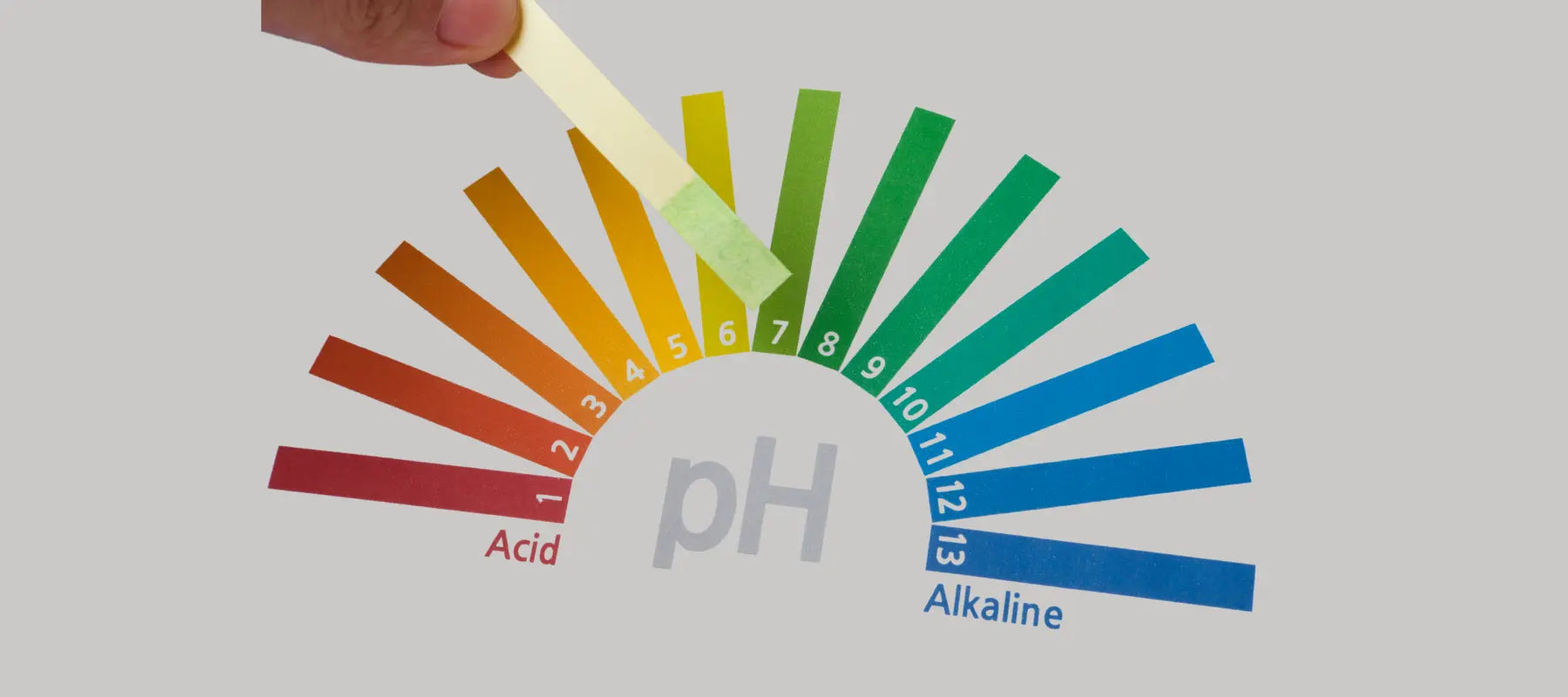
Your Guide to Skin pH: Meaning, Importance, and How to Balance It
Have you been noticing issues like dryness and itching on your skin recently? If so, there's a high chance of something being wrong with your skin pH level. Jump into this article to discover important details about the pH level of your skin and the perfect way to balance it.
What is skin pH?
The levels of natural acidity can be described as the skin pH. Did you know that a lower pH value of skin is better? This is because a more acidic environment can help protect against harmful bacteria.
Moreover, it can fight pesky free radicals that can speed up the appearance of ageing. However, achieving the perfect pH balance of the skin can be quite a task.
If the pH becomes too acidic or basic, it can disturb the natural oils that keep your skin nourished. Therefore, your skin will start to appear flaky and uneven. Moreover, an imbalance in pH levels can create an inviting environment for bacterial growth and lead to acne breakouts.
Moreover, imbalanced pH levels can lead to itching, redness, and irritation. Additionally, skin with abnormal pH levels is also more susceptible to external factors like UV radiation and pollution.
What is the ideal pH of face skin?
Let's not forget that a neutral pH is 7. While levels above are considered alkaline, anything below is considered acidic. The skin has a wide range of pH levels, falling between 4 and 7. The normal pH of the skin is usually below 5.
Furthermore, it's worth mentioning that newborns tend to have higher pH levels throughout their entire skin. However, as they mature, their pH levels quickly decrease. The typical newborn's skin pH is around 7, in contrast to the average adult skin pH of 5.7.
While answering the question of what is pH level of the skin is, it's important to note that the pH level varies according to the part of the body. The lesser exposed regions of the body have a higher acidity level. This starkly contrasts with the more frequently exposed areas like the face, which tend to be more alkaline.
While learning how to balance skin pH, you should know about the factors that can influence it:
- Sweat
- Cosmetics
- Soaps and gels
- Detergents
- Sebum
- Skin conditions
Remember that a high pH level contributes to acne-prone skin.
How to balance skin pH
If you are wonderinghow to balance skin pH, embrace the following measures:
- Choose a good cleanser:Remove impurities from your face gently with the Clearing & Calming Acne Face Wash. It can help maintain your skin pH below 4 to combat acne and clear up your skin. With acidic skincare ingredients, this cleanser can also heal conditions like psoriasis and eczema. Meanwhile, avoid alkaline face cleansers because they can irritate your skin.
- Moisturise adequately:Moisturising your skin is also essential for maintaining its pH balance. Use the Acne Care & Healing Gel Moisturiser with Tea Tree & Cica to hydrate sufficiently without clogging pores. This moisturiser can refine skin texture by healing existing acne. Moreover, it will help lock in moisture to control sebum production and prevent future breakouts.
- Exfoliate gently:Gentle exfoliation can be a blessing in disguise to maintain the pH of face skin. The Overnight Exfoliating AHA BHA Radiance Mask is ideal for removing dead cells while hydrating the skin. By exfoliating your skin on a deeper level, this product will make radiant skin underneath visible.
Also read: How To Exfoliate Face Skin For Smoother And Brighter Skin
Conclusion
Maintaining the pH balance is a part of looking after the overall skin health. The right skincare products will be able to keep the pH level in check and keep your skin at its healthiest.
FAQs:
1. What is the regular pH level for oily and dry skin?
The oily skin pH level usually stays between 4 and 5.2. The dry skin pH level is generally more than 5.5.
2. How can I determine the pH of my skin by myself?
With the convenience of at-home pH kits, you can potentially discover your skin's pH without seeking professional assistance. These kits usually come in the form of paper strips that you simply apply to your skin and then measure. To ensure accurate results, it's important to purchase pH kits specifically designed for skin use. While tests using saliva and urine can give a general reading of your body's pH levels, they won't provide specific information about the pH levels of your skin's surface.
3. Is exfoliation mandatory for maintaining pH balance?
Gentle exfoliation can help strike a balance in the pH level of your skin. The Overnight Exfoliating AHA BHA Radiance Mask can clear layers of dead cells without removing natural oils from your face. Exfoliating once a week can be enough to strike a pH balance. However the type and frequency of exfoliation will vary as per the needs of your skin.
4. Can pH level imbalance cause acne?
An imbalance in your skin's pH level can help bacteria thrive better and lead to pesky breakouts. This pH imbalance can also bring symptoms like redness, itching, and irritation along with acne.
5. Should I moisturise my skin to maintain its pH balance?
Maintaining the pH balance of your skin involves moisturising it sufficiently. So, choose a gentle moisturiser like the Acne Care & Healing Gel Moisturiser with Tea Tree & Cica for your daily skincare regimen.






















































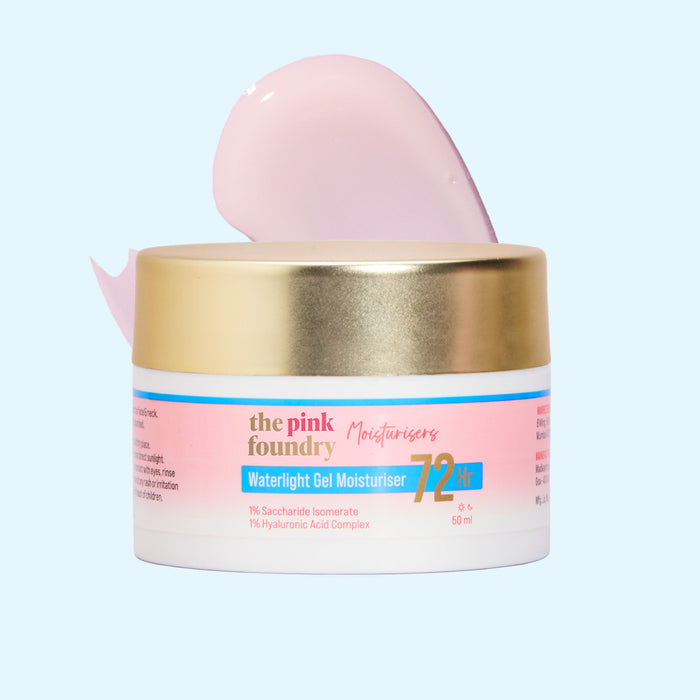
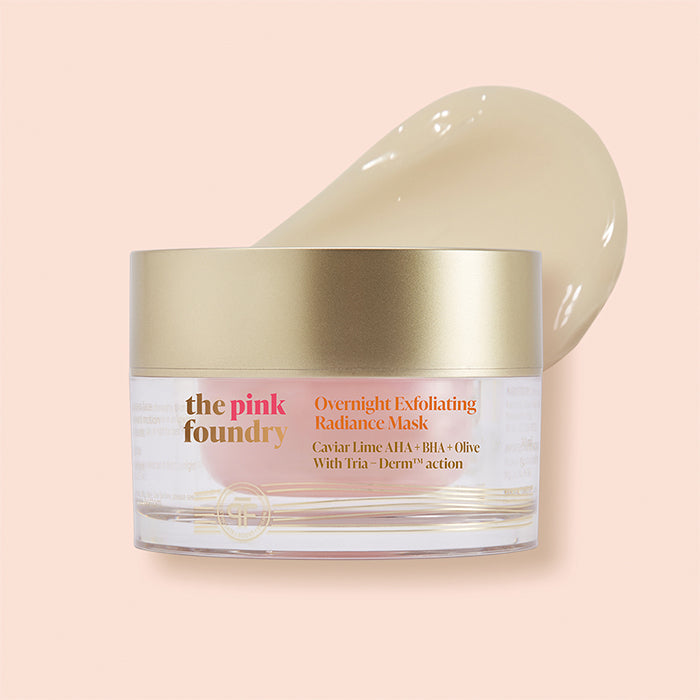

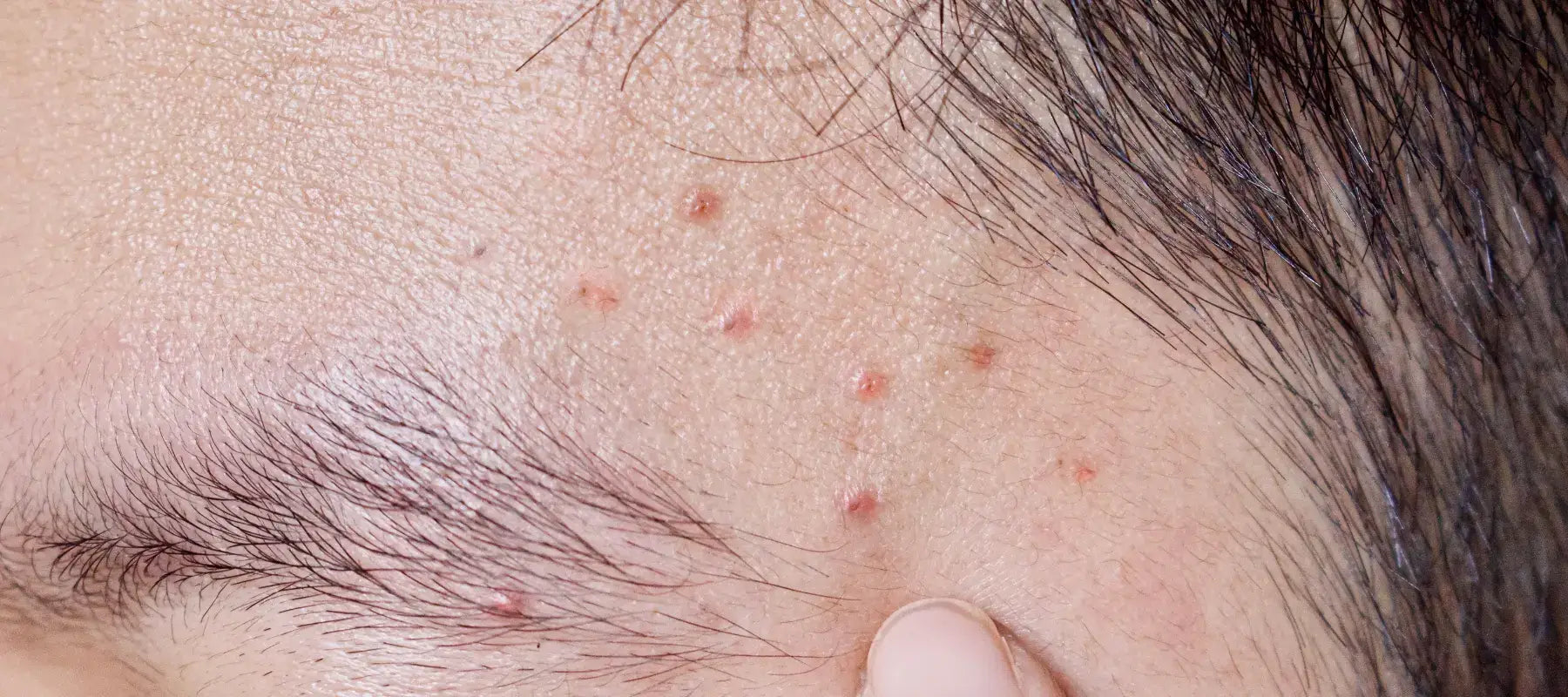
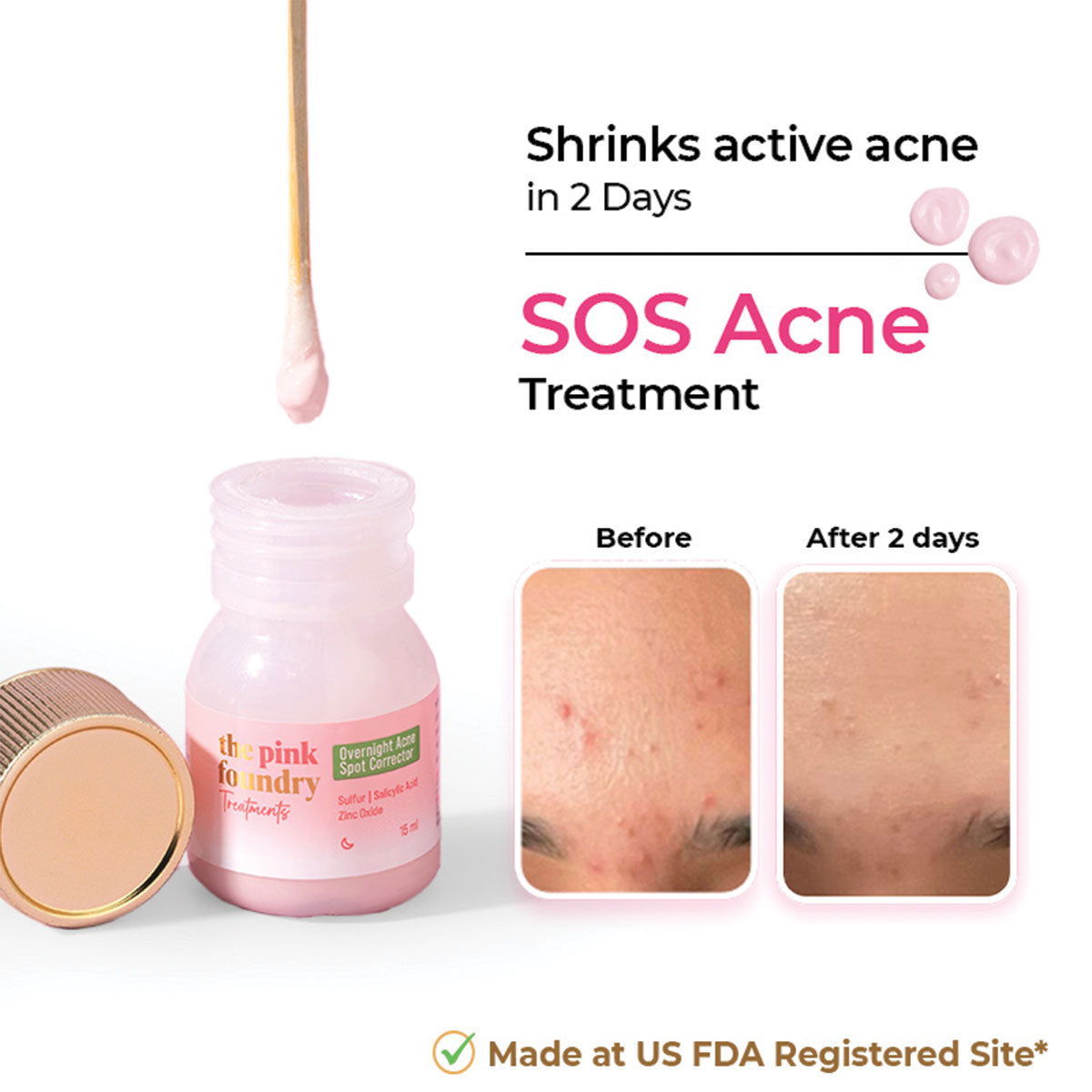

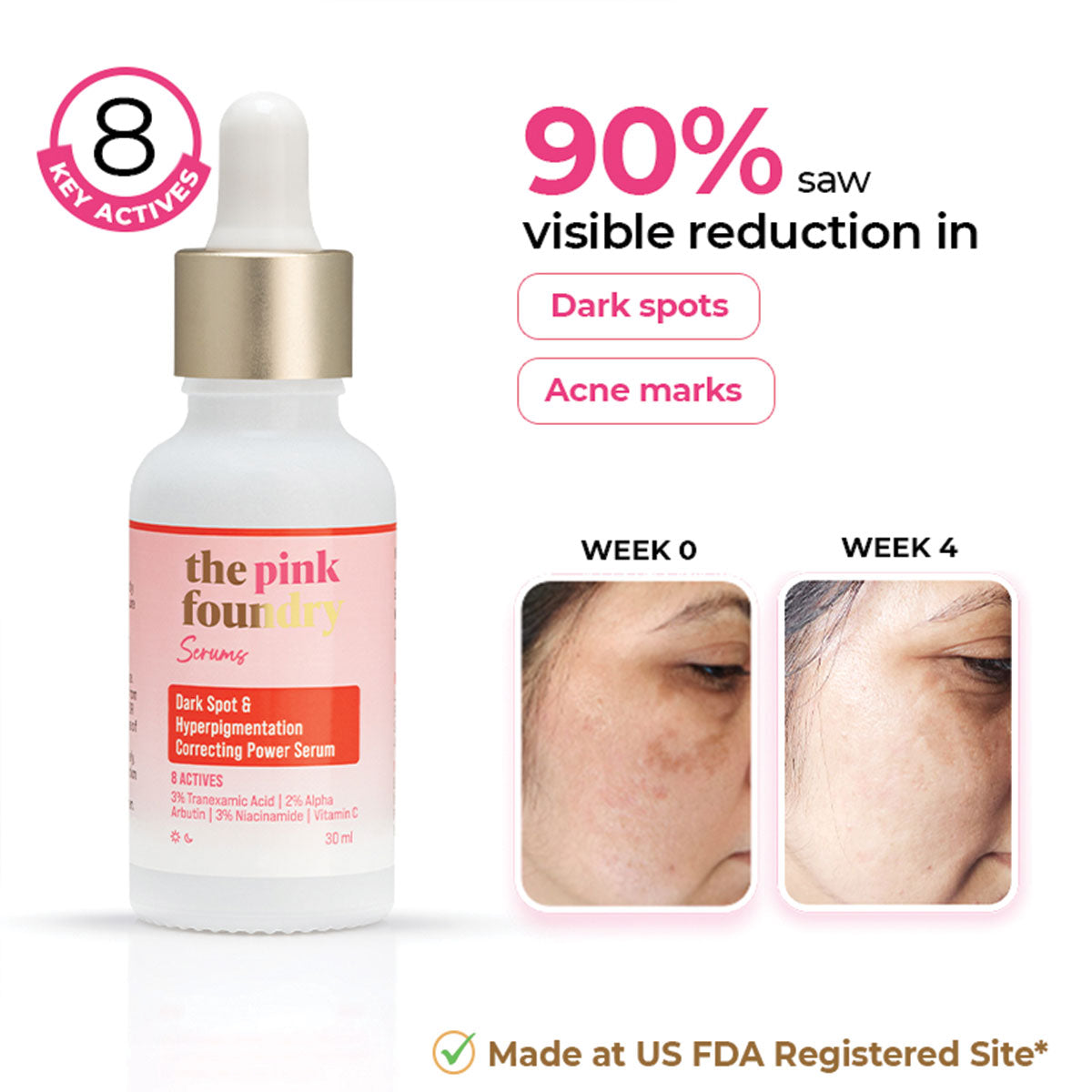
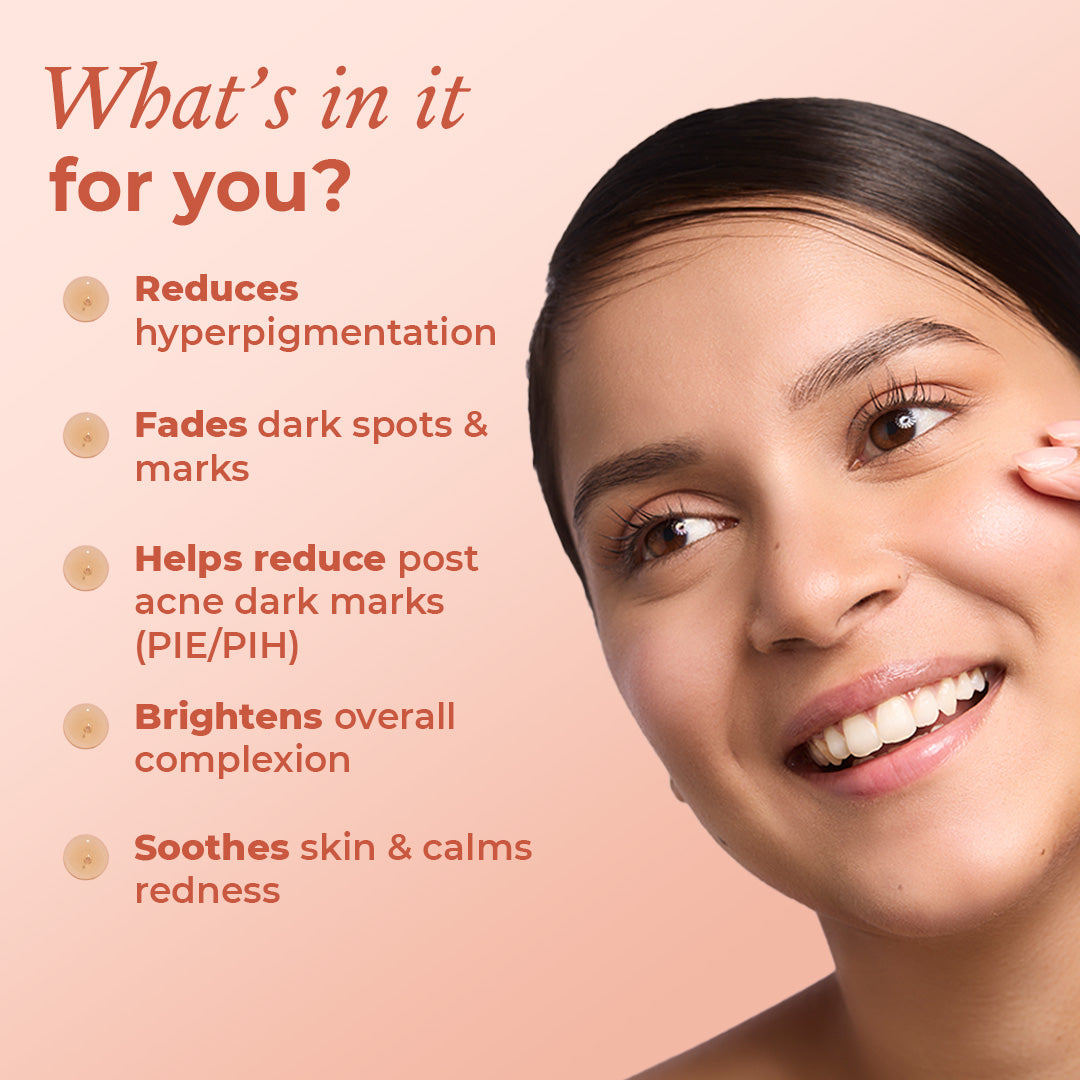
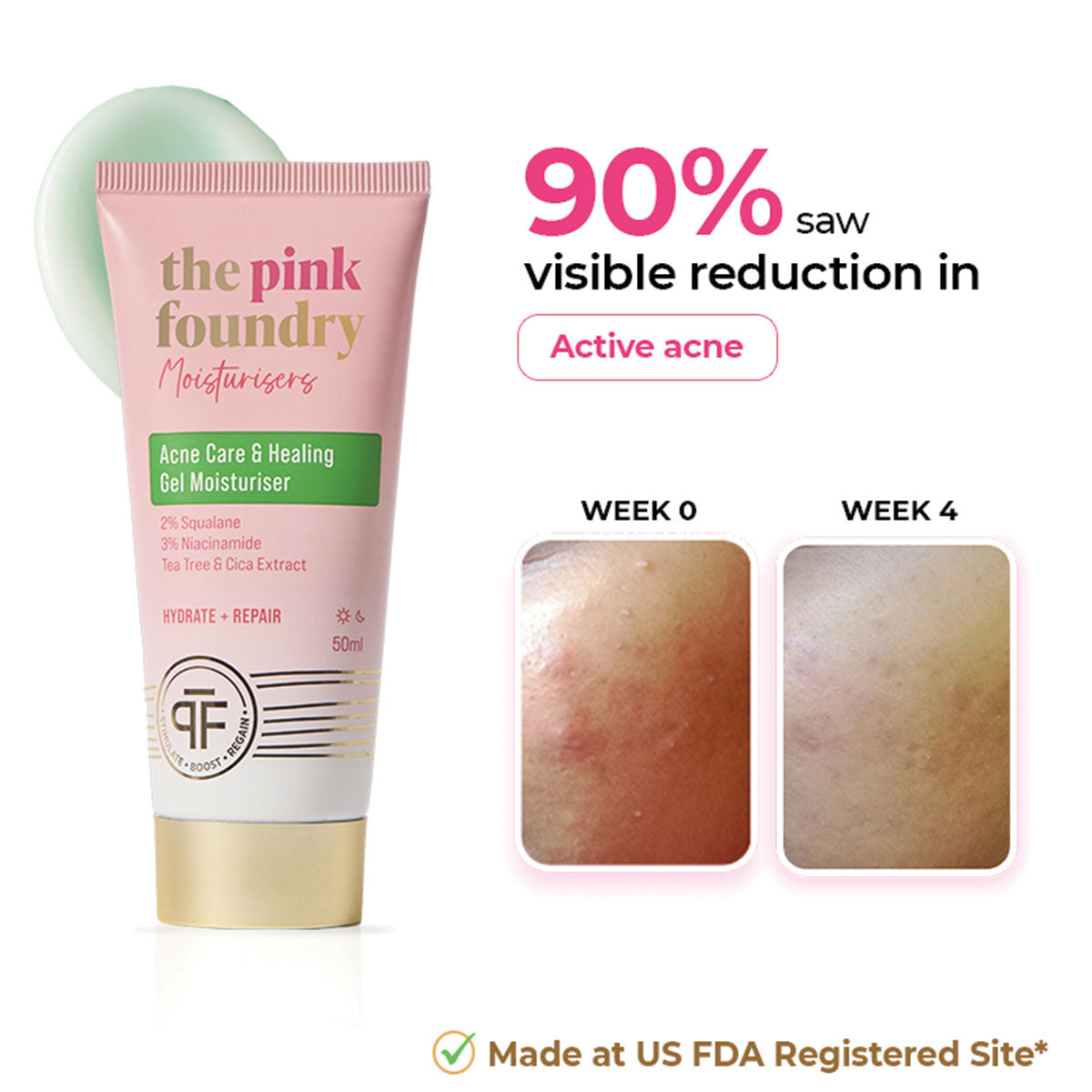
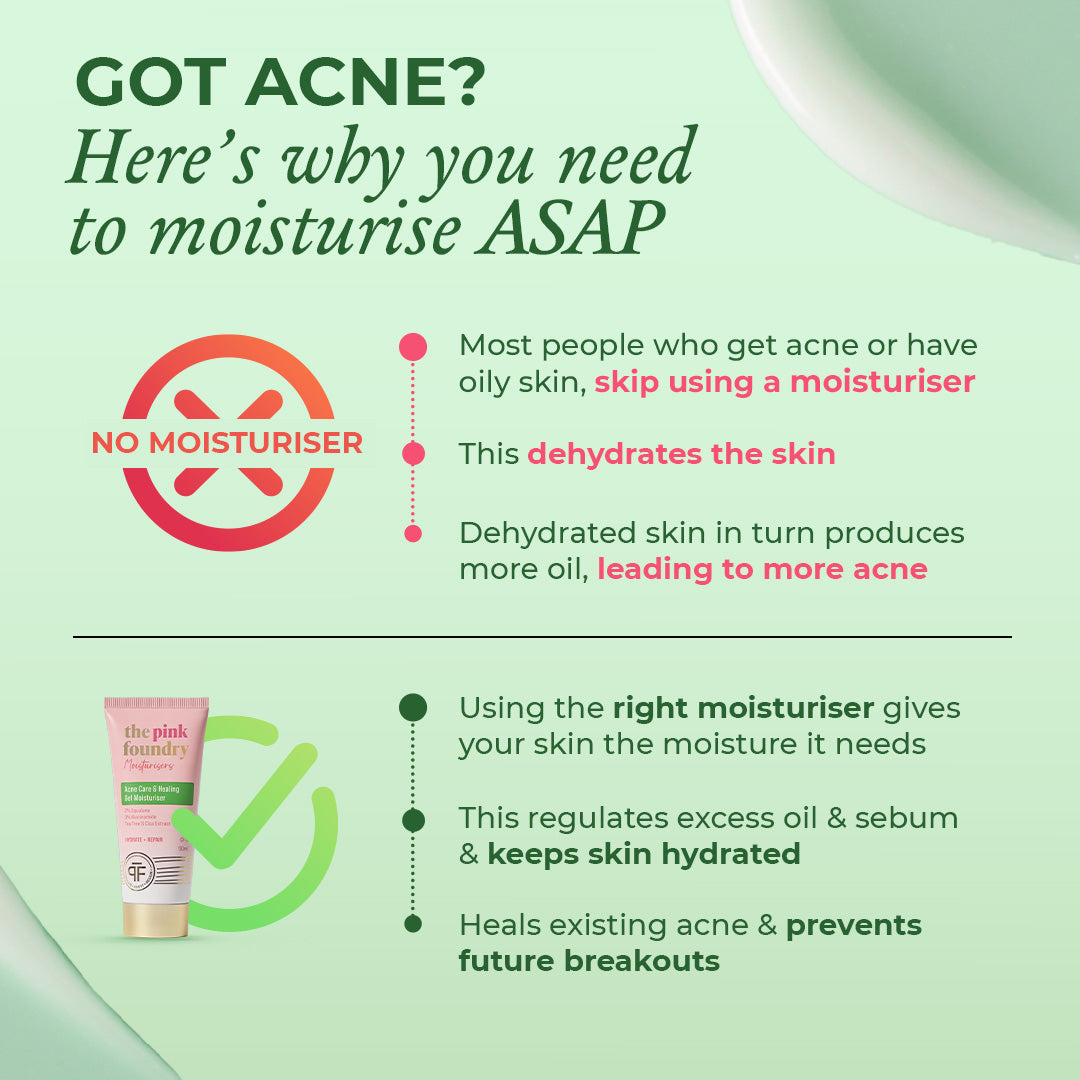
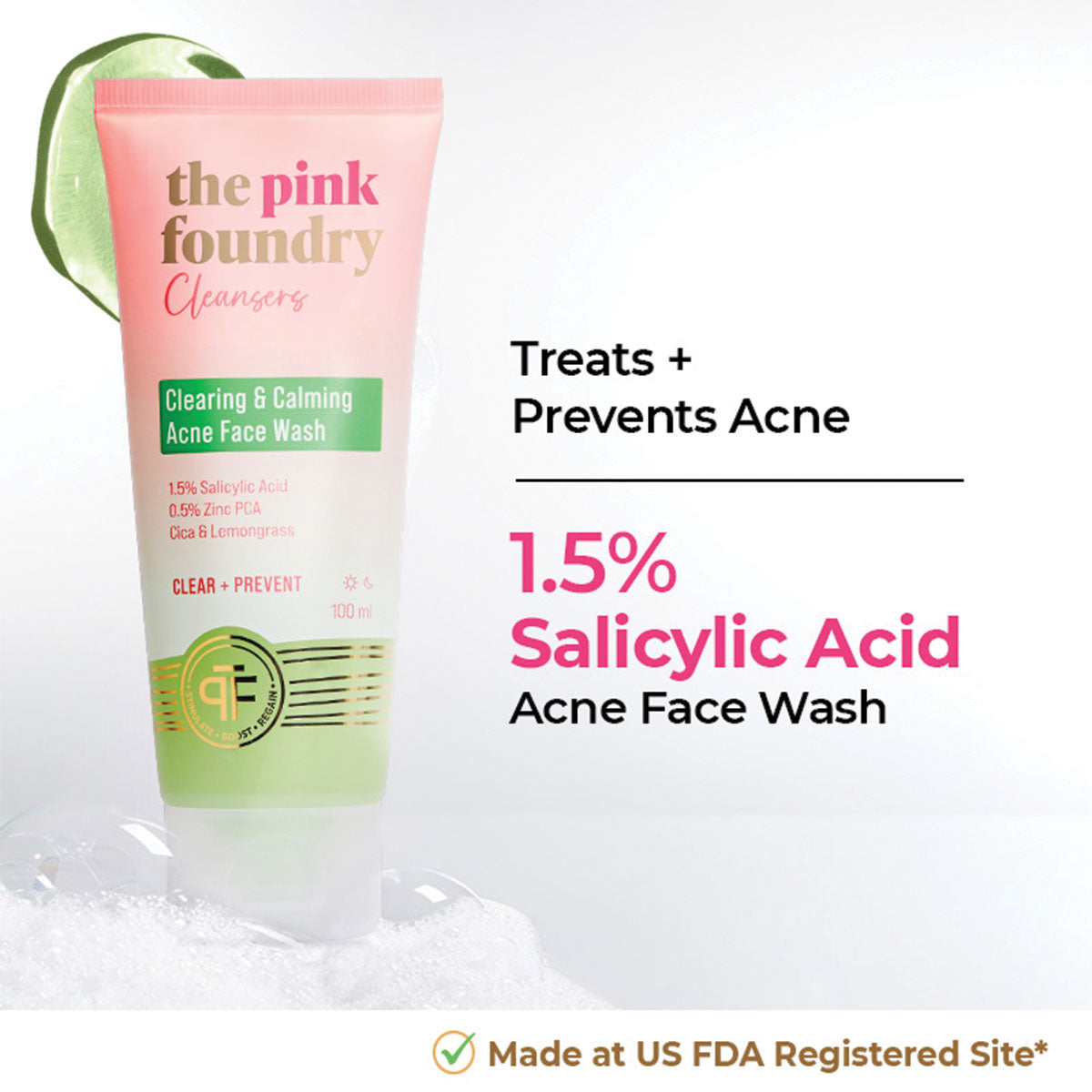


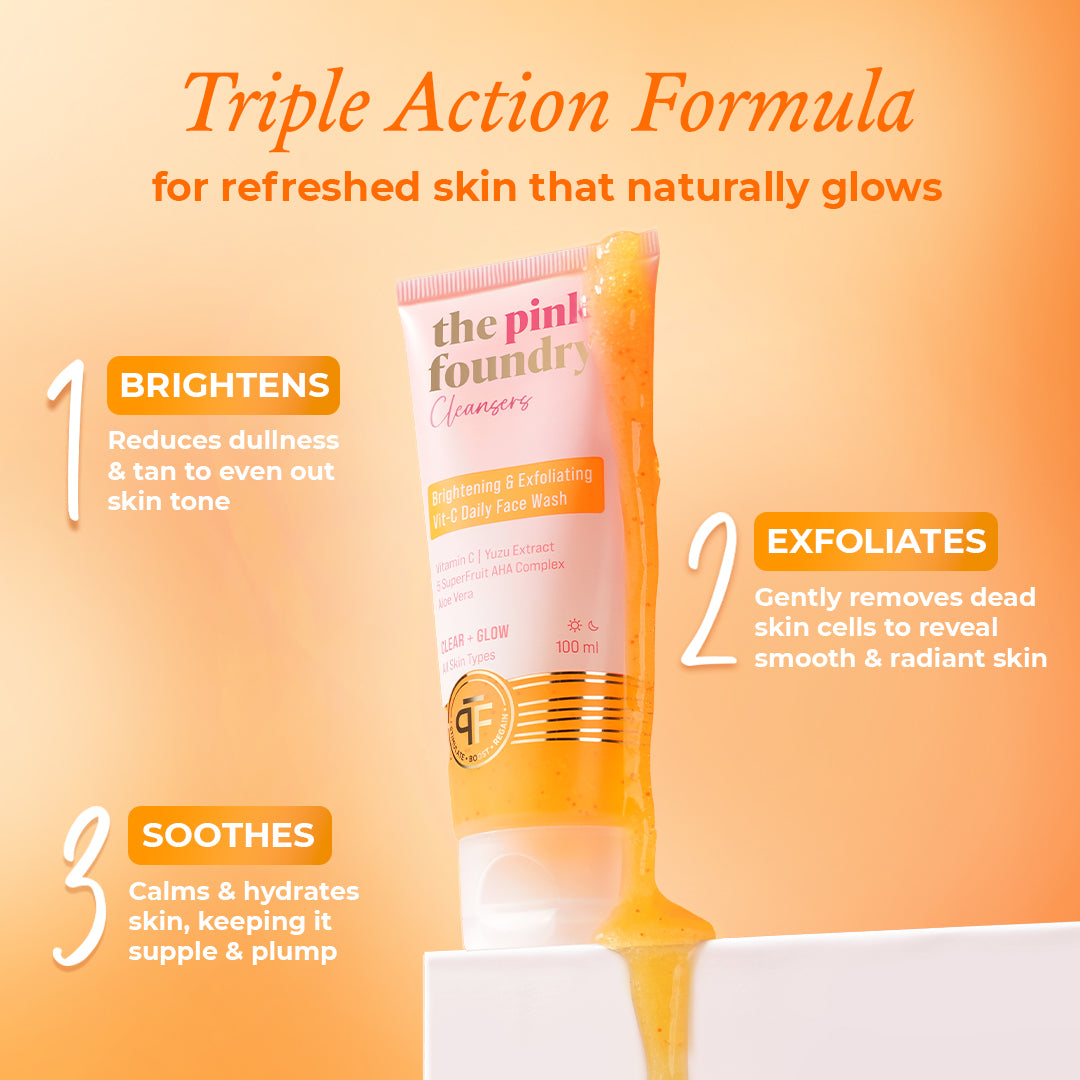
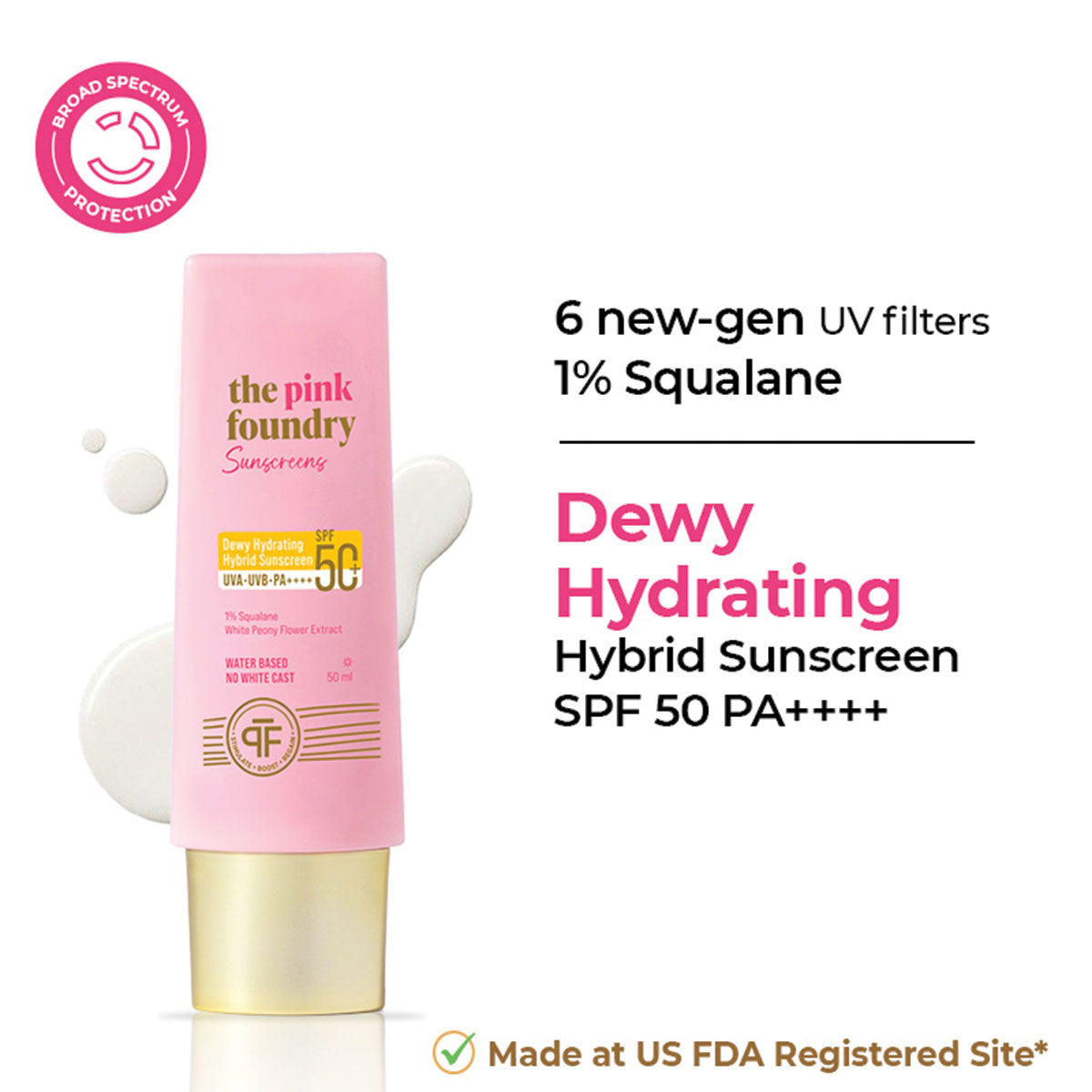

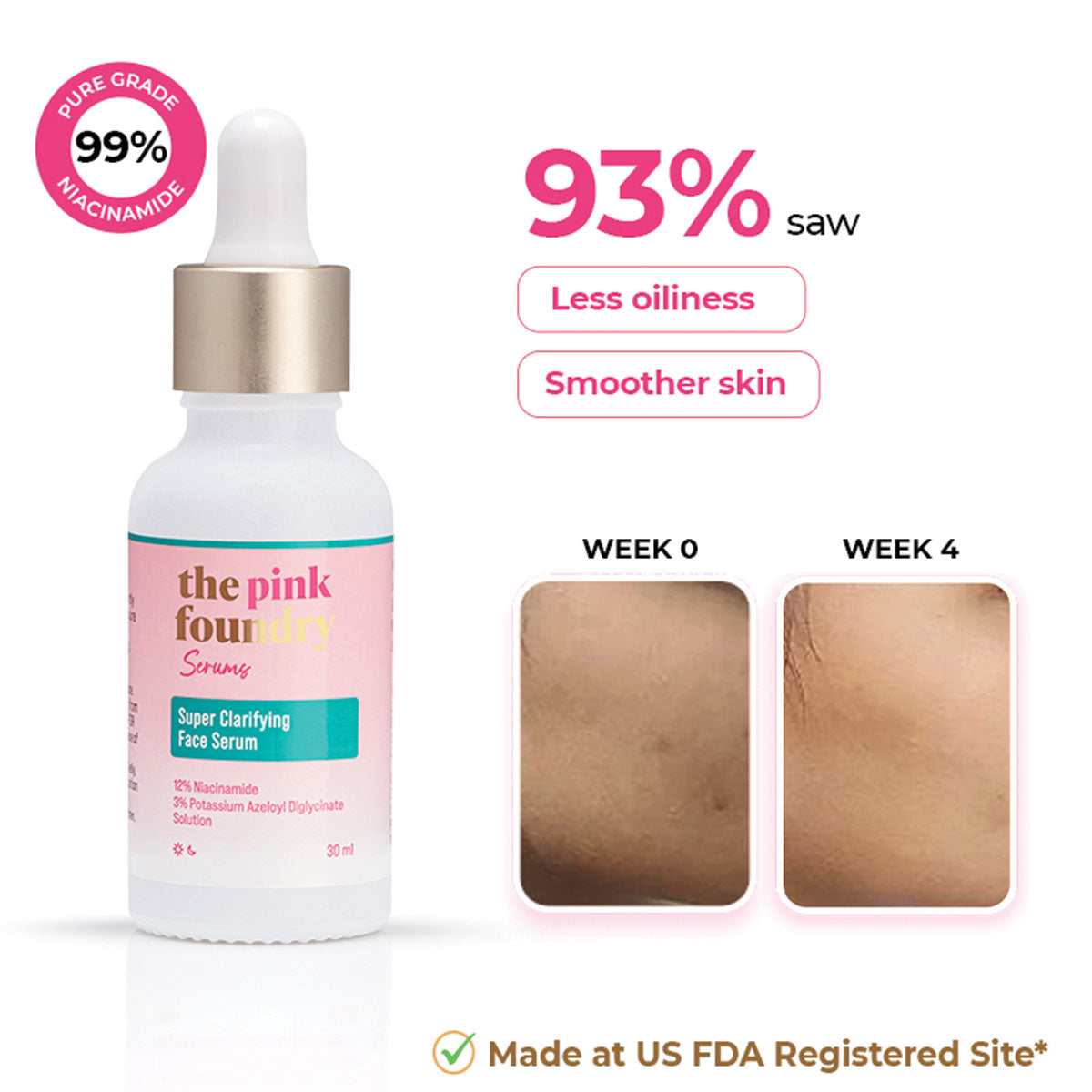
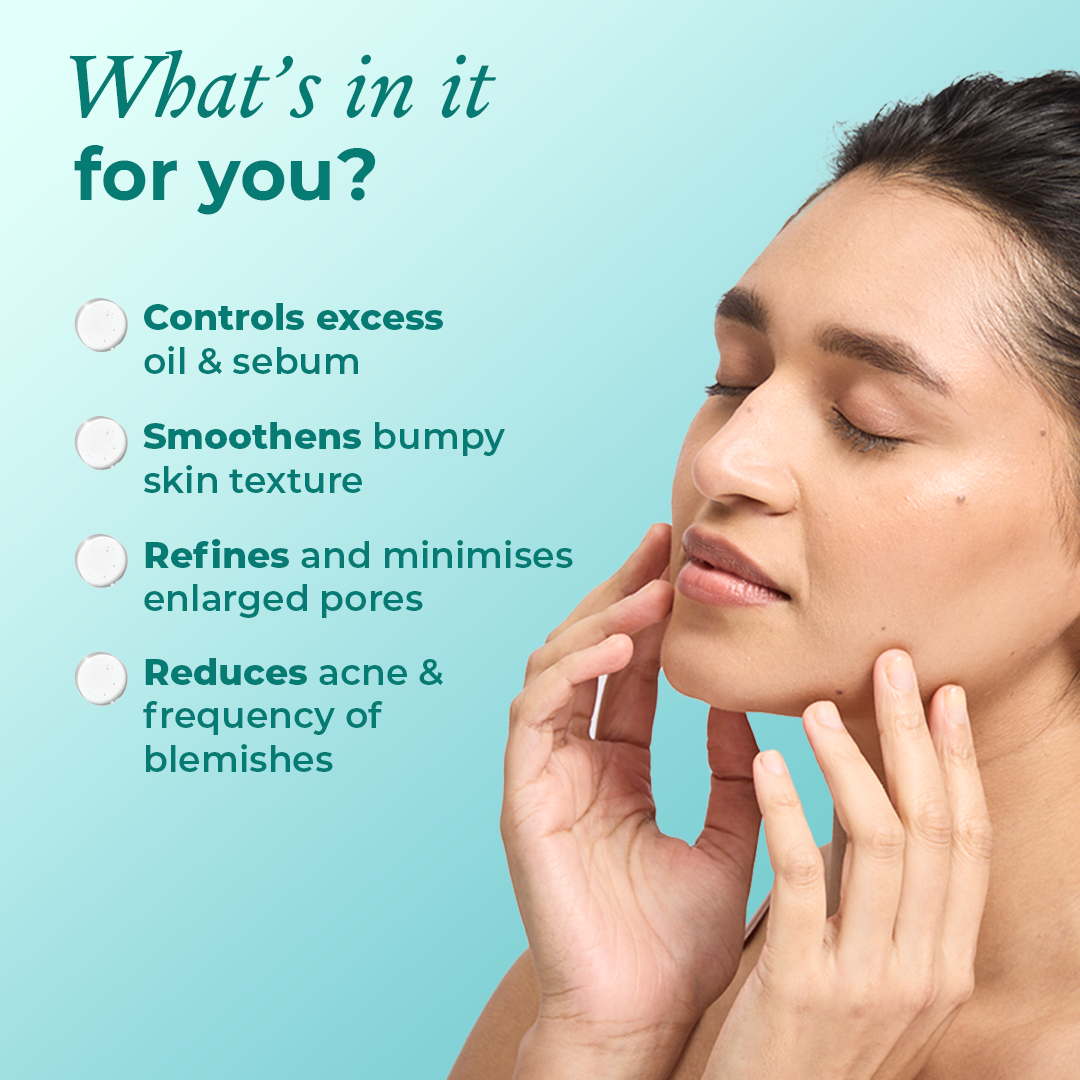
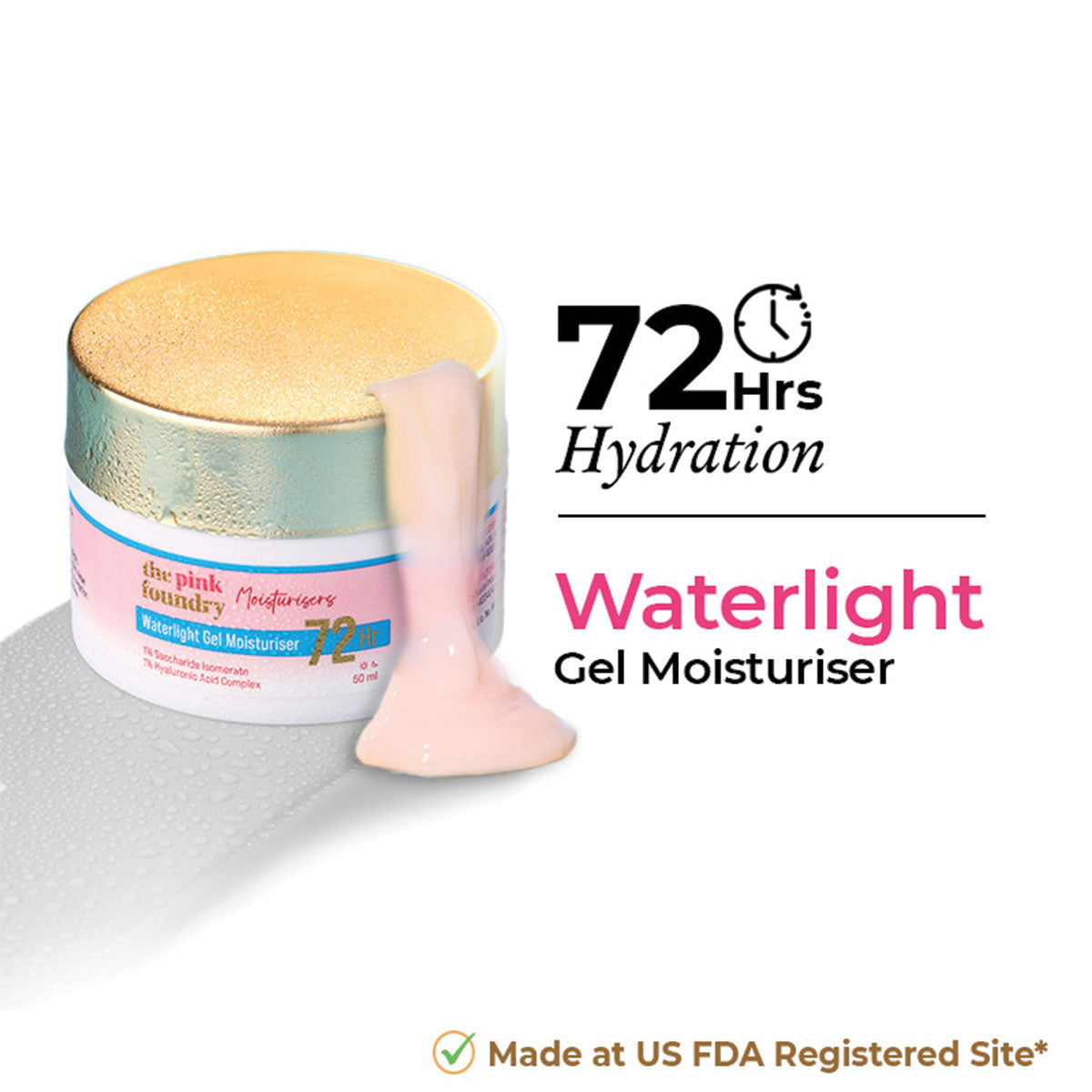
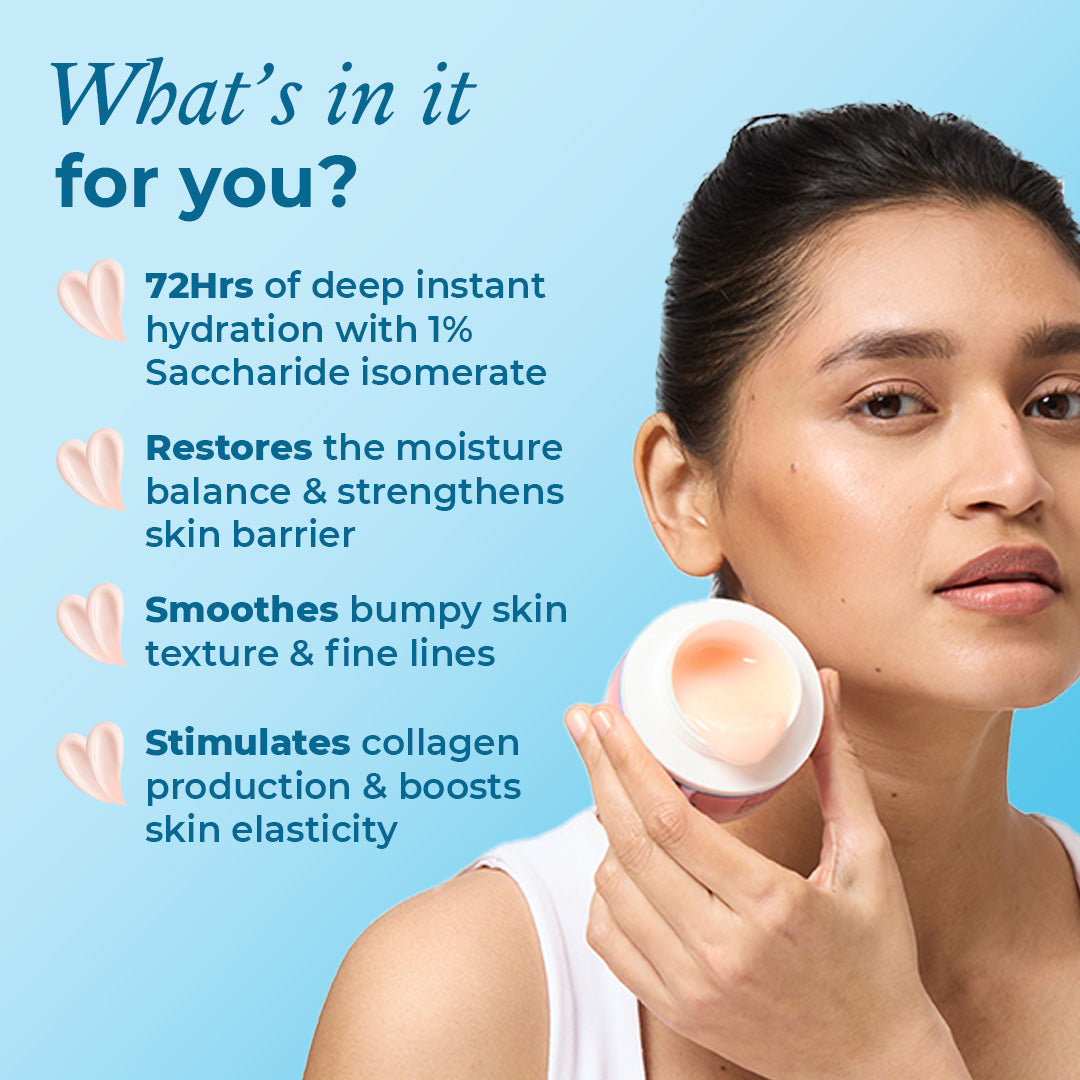




Leave a comment
This site is protected by hCaptcha and the hCaptcha Privacy Policy and Terms of Service apply.